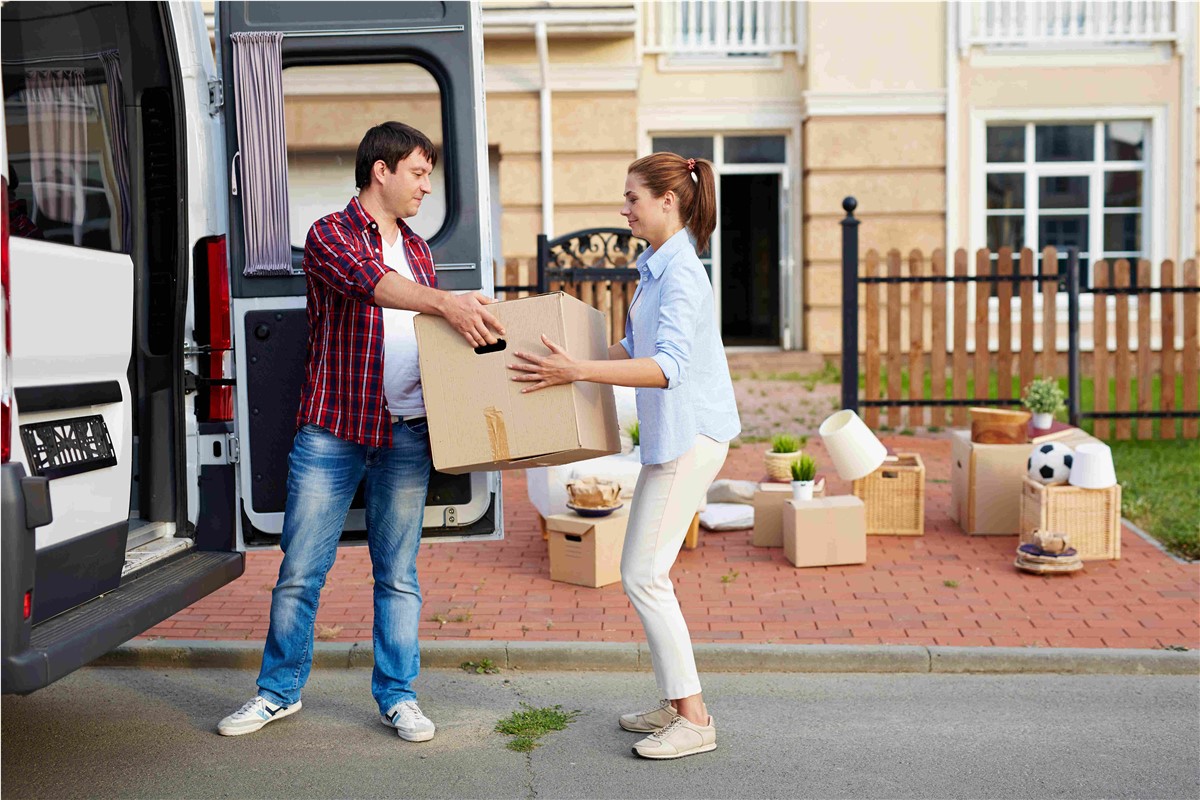
Sure, preparing for a move can be quite time-consuming. But after the big moving day arrives, what happens next? How do we begin to settle in to a new place? Although moving can sometimes feel overwhelming, it doesn’t have to remain that way. And good news for you, we’re here to help.
Key Number One: Organize Your Time.
Although you might have thought that the “time management” step was over after the big move-in day took place, it’s vital to get your moving-in dates on your calendar … and plan your time accordingly. From grocery shopping to visiting the library to filling prescriptions at a local pharmacy, start with a blank to-do list and a calendar to map out the first two weeks in your new place.
Key Number Two: Unpack Those Boxes.
Whether you’ve paid for professional movers to unpack you or not, there will certainly be some items that require your attention and energy to unpack. It’s a good idea to begin with unpacking essentials in the kitchen and bedroom areas. Then, plan for setting up a bathroom to easily shower at the end of a long day. As you unpack, plan to store or donate the used boxes and supplies to a friend, co-worker, or new neighbor.
Key Number Three: Update Your Address.
This might seem like just a simple stop by the local post office or online, but there are multiple locations that need to know how to reach you via snail mail or to verify your identity. Banks, doctors, schools, friends, and family all want to know where you live. For some inspiration and great ideas on cute moving announcements, check out this previous post.
Key Number Four: Register Your Motor Vehicle.
As long as you’ve moved within the same state, there’s no need to get a new license plate, but you do still have to register a change of address for your car(s). At a minimum, this will include your insurance company and the local Department of Motor Vehicles, and possibly securing a new driver’s license as well. You can do a quick online search to find your local DMV (or RMV, BMV, DOT, etc.) and also check the timeframe allowed.
Key Number Five: Explore Your New City.
First there’s the practical benefit to finding your way around town and learning where the most critical services reside (e.g., grocery stores, banks, gas stations, doctors, schools, post offices, etc.) Plus, there’s the added benefit that the more familiar you are, the more enjoyment you’ll have in living there. As you explore your new city, some experts recommend taking tons of walks in your neighborhood, trying public transportation (if that’s available), or even getting lost and finding your way home. You might also consider exploring any historic places of significance or talking to neighbors and locals to get a better feel of the region’s flavor and vibe.
Get Started Today
With trained and experienced local and long distance movers, at George Moving & Storage, we’re able to provide you with professional moving services to ensure that your moving day is as seamless as possible. Give our residential movers a call today to learn more about how we can help you, or fill out our online form to request a free estimate.
Subscribe to George Moving and Storage's Blog














Comments